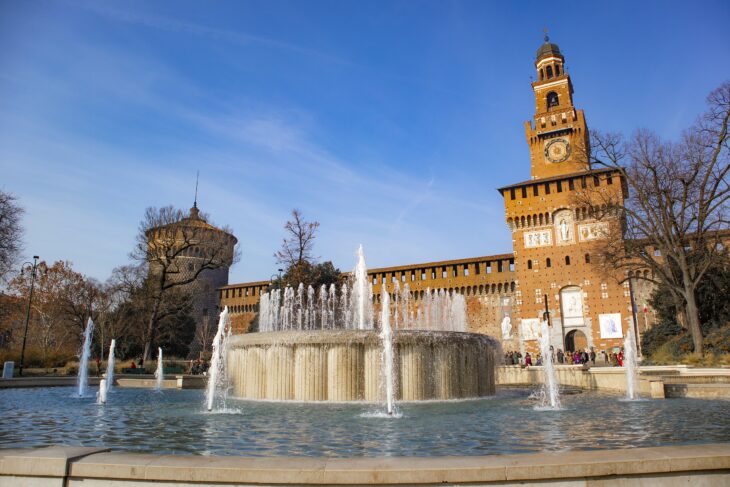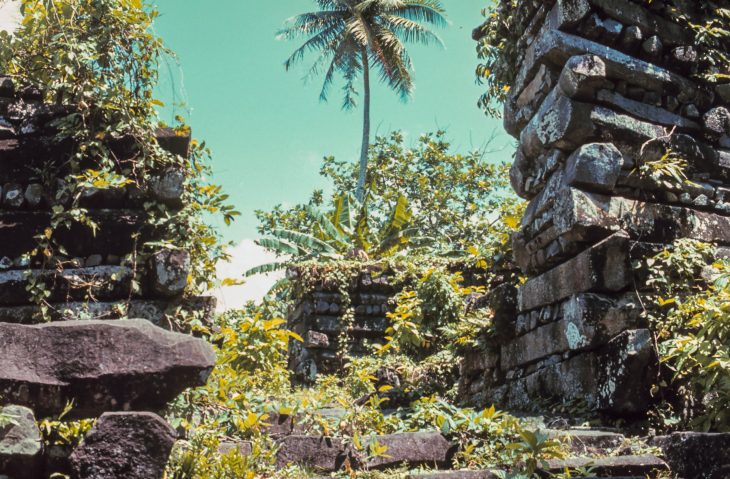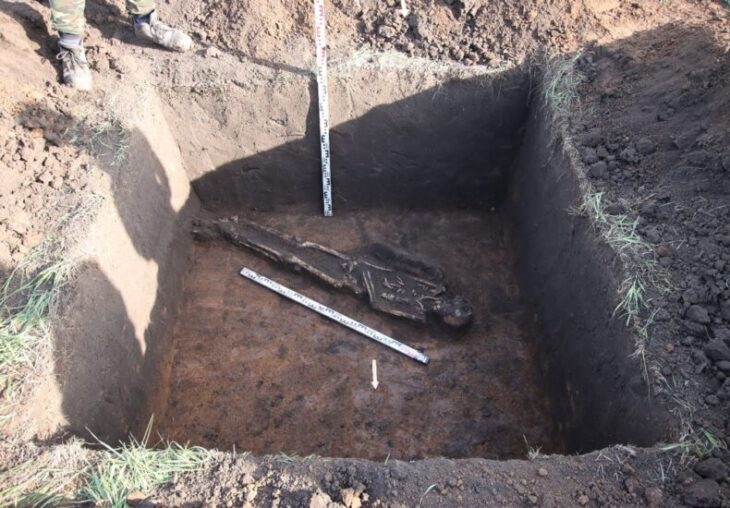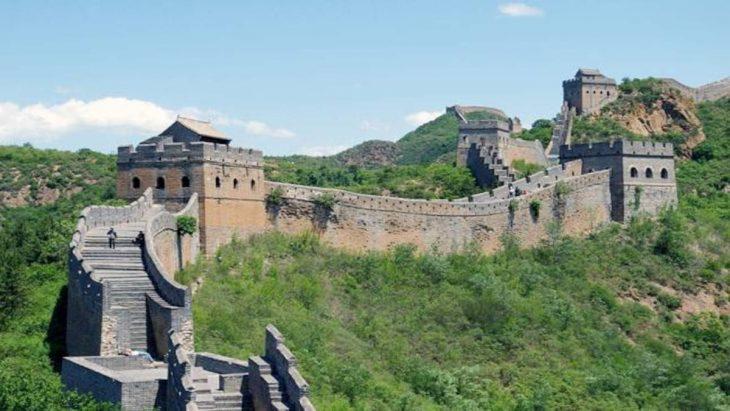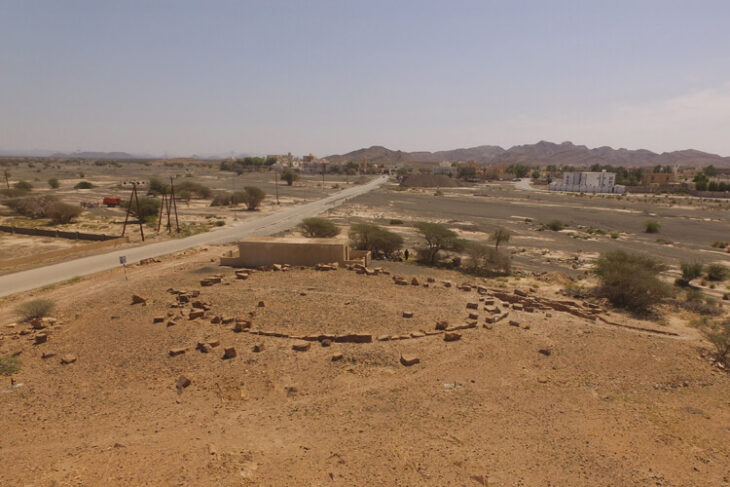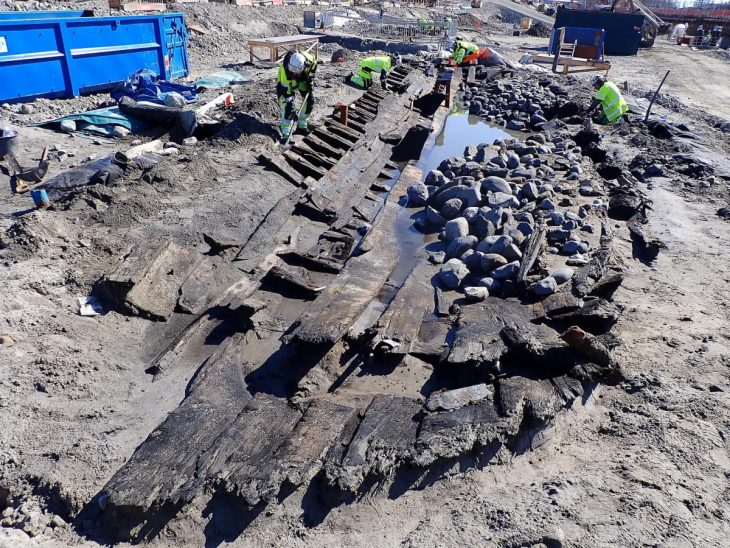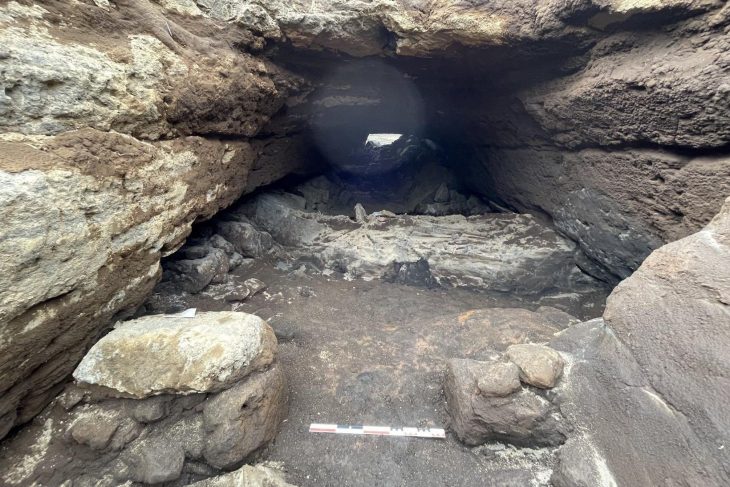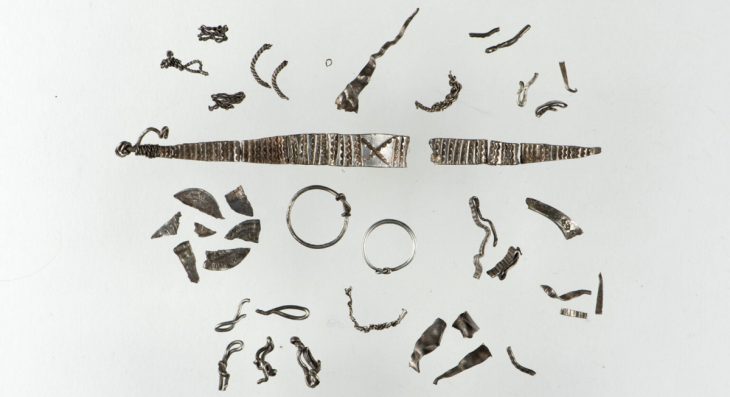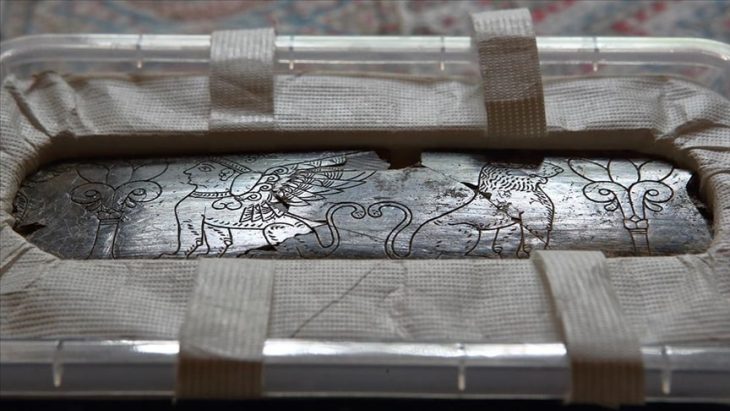Archaeologists uncover a massive 4,000 m² Roman villa near Auxerre, revealing elite lifestyles in ancient Gaul.
A remarkable archaeological discovery just 3 kilometers south of Auxerre is shedding new light on the scale and luxury of Roman-era rural estates in ancient Gaul. In advance of infrastructure development on the city’s southern bypass, archaeologists have uncovered a vast Roman villa covering more than 4,000 square meters at a site known as Sainte-Nitasse, on the right bank of the Yonne River.
The villa, once thought to be a modest Roman outpost, has now been confirmed as one of the largest and most elaborate Gallo-Roman residences ever excavated in France. Initial clues to its existence date back to the 19th century, but systematic excavation only began in 1966 when gravel extraction operations exposed part of a rectangular building with ten rooms and decorative elements, including funerary steles and hypocaust systems.
However, that early discovery turns out to have been merely a secondary wing. Current excavations, led by a team under the direction of the French Ministry of Culture and the DREAL Bourgogne-Franche-Comté, reveal that the site includes an expansive central garden, porticoed galleries, private bath complexes, ornamental fountains, and evidence of sophisticated architecture—indicating that this villa was far more than a countryside retreat.
A Glimpse into Roman Luxury
At the heart of the villa lies a square garden enclosed by galleries, stretching over 450 square meters per side. To the north, a large basin likely served both ornamental and hydraulic purposes, while a smaller fountain at the southern end may have marked a point of ritual or aesthetic significance.
📣 Our WhatsApp channel is now LIVE! Stay up-to-date with the latest news and updates, just click here to follow us on WhatsApp and never miss a thing!!
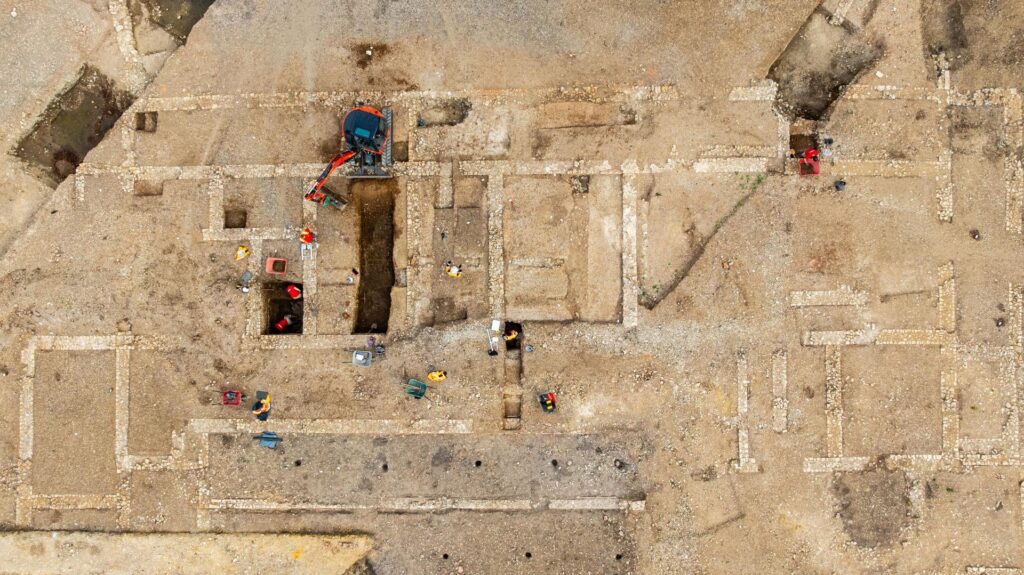
Adjoining these spaces are reception rooms, technical facilities, and a well-preserved bathhouse, complete with underfloor heating. These features confirm the site’s role not just as a farm estate (pars rustica) but as a luxurious home (pars urbana) belonging to a wealthy and likely aristocratic Roman family.
According to the excavation team, the architecture and spatial planning of the site parallel the urban development of Autessiodurum (modern-day Auxerre), which evolved from a minor settlement in the 1st century AD into a regional capital by the 4th century.
Public Access and Ongoing Research
In celebration of the European Archaeology Days (JEA), the excavation site will be open to the public on Sunday, June 15. Visitors can join guided tours led by the archaeologists themselves, with shuttles running every 15 minutes from the Arquebuse parking area. Entry is free and open to all.
While the full scope of the villa is still being revealed, researchers have already identified multiple phases of construction, suggesting the estate evolved significantly over time. Future analysis of ceramics, mosaics, and organic materials is expected to offer insights into the daily life of the villa’s ancient residents.
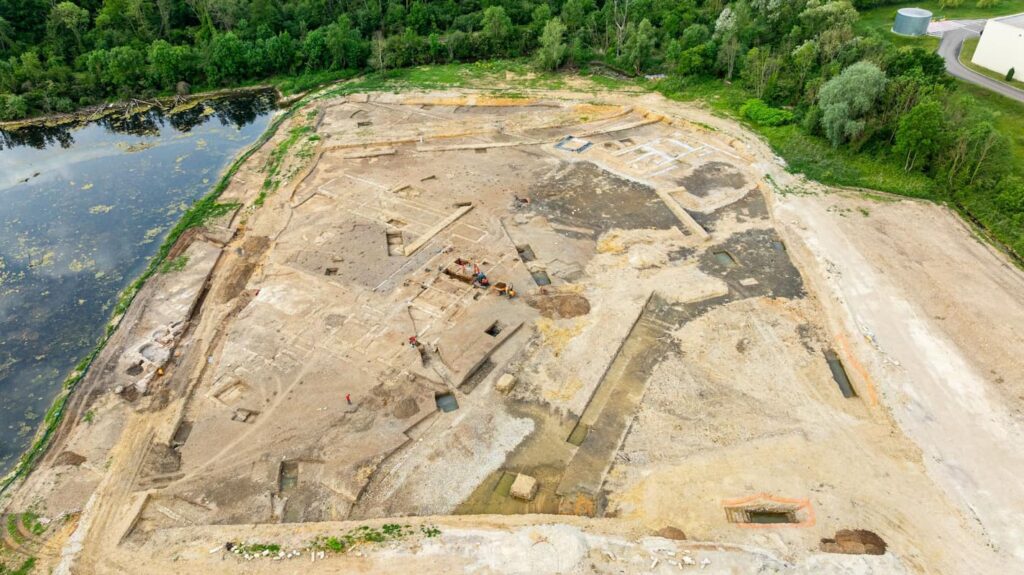
This exceptional discovery not only highlights the richness of Roman life in provincial Gaul but also raises new questions about economic power, land ownership, and cultural exchange in the late Roman Empire. As the dig continues, the Auxerre villa is poised to become a landmark case study in Roman archaeology.
Cover Image Credit: Panoramic view of the Roman villa uncovered at Sainte-Nitasse. Credit: Ch. Fouquin, Inrap



